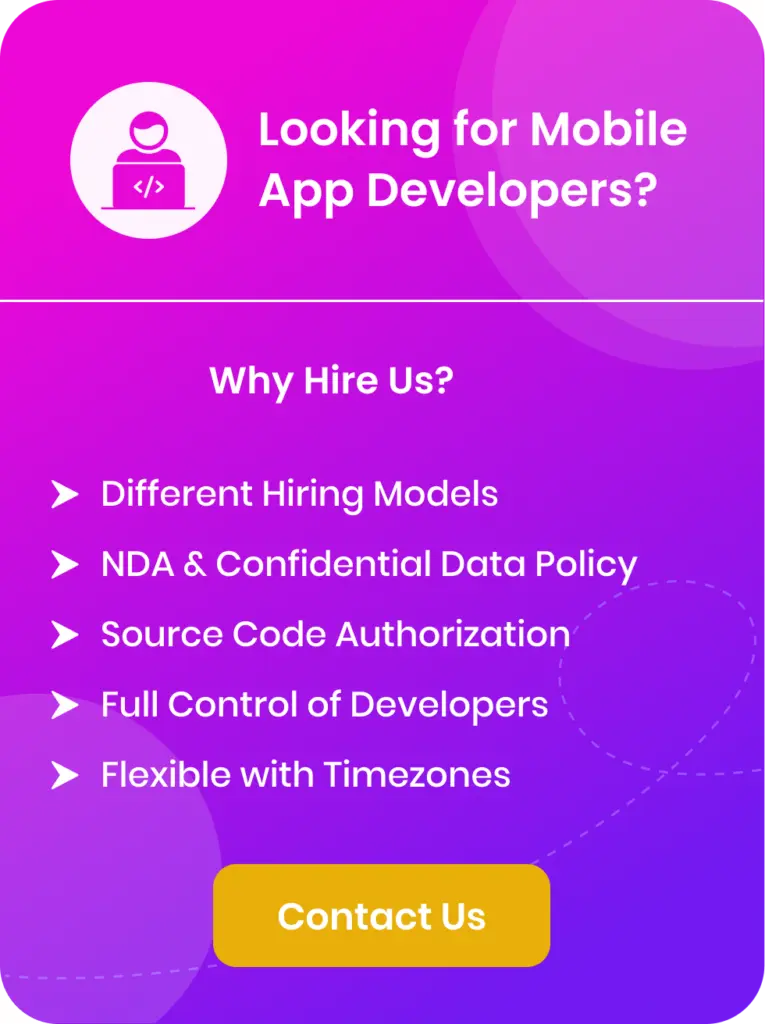In the ever-evolving landscape of web development, Progressive Web Apps (PWAs) have emerged as a transformative technology. They offer a new approach to web applications, combining the best of both web and native mobile apps. In this comprehensive guide, we will delve into the world of PWAs, exploring what they are, why they matter, how to build them, and their key features and benefits.
What is a Progressive Web App (PWA)?
A Progressive Web App is a type of web application that takes advantage of modern web technologies to provide a native app-like experience to users, regardless of their device or platform. PWAs aim to bridge the gap between traditional websites and native mobile apps, offering a responsive, reliable, and engaging user experience.
Key Characteristics of PWAs:
1. Progressive Enhancement:
One of the core principles of PWAs is progressive enhancement. This means that PWAs should work for all users, regardless of their browser or device capabilities. They can be accessed on any modern web browser and progressively enhance the experience on browsers that support advanced features.
2. Offline Functionality
PWAs can work offline or in low-network conditions by caching essential resources, such as HTML, CSS, and JavaScript, to ensure that users can still access content and functionality without an internet connection.
3. App-Like Experience:
PWAs are designed to provide an app-like experience, with smooth animations, responsive layouts, and gestures, making them feel native on both mobile and desktop devices.
4. Responsive Design:
PWAs are built using responsive web design principles, ensuring that they adapt seamlessly to various screen sizes and orientations, from smartphones and tablets to desktops.
5. Service Workers
Service workers are a fundamental component of PWAs. They are JavaScript scripts running in the background that enable features like offline caching, push notifications, and background sync, enhancing the overall user experience.
6. Web App Manifest:
PWAs use a web app manifest file to specify metadata, such as the app’s name, icon, and theme colors. This allows users to install the PWA on their home screen, just like a native app.
7. Secure
PWAs are served over HTTPS, ensuring the security and integrity of the application and its data. This also enables features like push notifications and geolocation access.
Now that we understand what a PWA is, let’s delve into the reasons why PWAs have gained so much attention and traction in recent years.
Why Progressive Web Apps Matter
Progressive Web Apps have become a pivotal force in the world of web development for several compelling reasons:
1. Improved User Experience
PWAs offer an enhanced user experience, with fast loading times, smooth animations, and offline access. Users no longer need to endure slow-loading websites or worry about losing access to content when they have a poor internet connection.
2. Cross-Platform Compatibility
PWAs are platform-agnostic. They work seamlessly on various devices and operating systems, from iOS and Android to Windows and macOS. This cross-platform compatibility reduces development efforts and expands the potential user base.
3. Cost-Effective Development
Developing separate native apps for different platforms can be time-consuming and expensive. PWAs allow developers to create a single codebase that runs on multiple platforms, significantly reducing development and maintenance costs.
4. Accessibility
PWAs prioritize accessibility, making them inclusive for users with disabilities. They can be easily optimized for screen readers and other assistive technologies, ensuring that everyone can access and use the application.
5. SEO-Friendly
PWAs are inherently SEO-friendly because they are built on web standards. This means that search engines can index and rank them, leading to better discoverability and visibility in search results.
6. Enhanced Engagement
With features like push notifications, PWAs can re-engage users even when they are not actively using the app. This can lead to increased user retention and engagement, similar to native apps.
7. Lower Data Usage
PWAs are efficient in terms of data usage. By caching resources and loading only the necessary content, they consume less data, making them suitable for users with limited data plans.
How to Build a Progressive Web App
Now that we’ve explored what PWAs are and why they matter, let’s dive into the process of building one. Building a PWA involves several key steps:
1. Set Clear Goals
Before you start development, define your PWA’s objectives. Understand the problem you want to solve, the target audience, and the desired user experience. Clear goals will guide your development process.
2. Choose the Right Technology Stack
Select the technologies and tools that best suit your project’s requirements. Popular choices for PWA development include JavaScript frameworks like React, Angular, or Vue.js, along with service worker libraries like Workbox.
3. Make Your App Responsive
Design your PWA to be responsive, ensuring that it works well on various screen sizes and orientations. Implement responsive web design principles and test your app on different devices.
4. Implement Service Workers
Service workers are essential for offline functionality and other advanced features. Write service worker scripts to cache critical assets and handle network requests intelligently.
5. Create a Web App Manifest
The web app manifest is a JSON file that provides metadata about your PWA, such as its name, description, icons, and theme colors. This file is used when users install your PWA on their home screens.
6. Ensure HTTPS Security
To benefit from PWA features like push notifications and geolocation access, your app must be served over HTTPS. Acquire an SSL certificate to secure your domain.
7. Optimize Performance
Performance optimization is crucial for PWAs. Minimize resource loading times, reduce image sizes, and employ lazy loading techniques to ensure a fast and smooth user experience.
8. Test Thoroughly
Thoroughly test your PWA on different browsers, devices, and network conditions. Use tools like Lighthouse to assess performance, accessibility, and other aspects of your app.
9. Add Progressive Enhancement
Implement progressive enhancement by adding additional features for browsers that support advanced capabilities, such as push notifications and background sync.
10. Promote Installation
Encourage users to install your PWA on their home screens by providing a clear and engaging installation prompt. This can be triggered by the web app manifest and service worker.
11. Monitor and Maintain
After launching your PWA, monitor its performance and user feedback. Continuously update and improve your app to provide the best possible user experience.
Key Features and Benefits of Progressive Web Apps
Now that we have covered the basics of PWAs and how to build them, let’s delve into some of their key features and the benefits they offer:
Key Features:
1. Offline Functionality:
PWAs can work offline or in low-network conditions, ensuring uninterrupted access to content and functionality.
2. Push Notifications:
They can send push notifications to re-engage users and provide timely updates.
3. Fast Loading:
PWAs are known for their fast loading times, thanks to efficient resource caching and delivery.
4. App-Like Experience:
They offer a smooth, app-like experience with responsive design and intuitive navigation.
5. Cross-Platform Compatibility:
PWAs run on various platforms, reducing the need for separate native apps.
6. Responsive Design:
They adapt seamlessly to different screen sizes and orientations.
7. Secure:
PWAs are served over HTTPS, ensuring data security and enabling advanced features.
8. SEO-Friendly:
They are indexed by search engines, improving discoverability and visibility.
Benefits:
1. Cost-Effective:
PWAs reduce development and maintenance costs by using a single codebase for multiple platforms.
2. Improved User Experience:
They provide a superior user experience, leading to higher user satisfaction and retention.
3. Accessibility:
PWAs prioritize accessibility, making them inclusive for all users.
4. Lower Data Usage:
They consume less data, making them suitable for users with limited data plans.
5. Easy Updates:
PWAs can be updated instantly without the need for app store approval.
6. Engagement:
Features like push notifications boost user engagement, similar to native apps.
7. Cross-Browser Compatibility:
PWAs work on various modern browsers, expanding their reach.
8. Reduced Friction:
Installing a PWA is frictionless, as it only requires a single tap or click.
Conclusion
Progressive Web Apps have revolutionized the way we build and experience web applications. They offer a seamless blend of web and native app features, providing users with fast, reliable, and engaging experiences across different devices and platforms. As the web development landscape continues to evolve, PWAs are poised to play a significant role in shaping the future of digital experiences. Whether you’re a developer looking to create a cutting-edge application or a user seeking a better online experience, PWAs are undoubtedly worth exploring and embracing.


